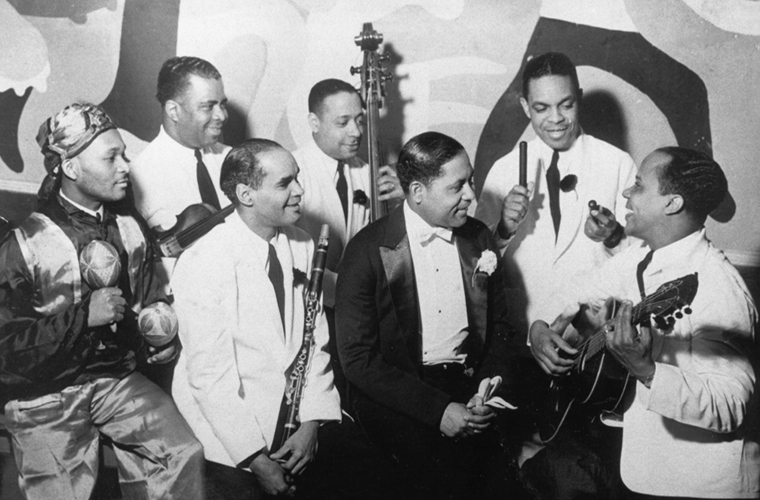Calypso music originated in Trinidad and Tobago, specifically within the Afro-Caribbean community. Its roots can be traced back to the 18th century during the period of slavery on the sugar plantations. Enslaved Africans in Trinidad used calypso as a means of communication, storytelling, and cultural expression, often incorporating elements of their African heritage and rhythms.
The word “calypso” itself has various suggested origins, including the West African Yoruba word “kaiso,” meaning “bravo” or “well done.” It is also associated with the French word “carrousseaux” or the Spanish word “caliso,” both referring to lively music and dance.
Themes and Lyrics: Calypso music is renowned for its vibrant and witty lyrics, often delivered through storytelling and social commentary. Calypsonians, who are the artists performing calypso, use their lyrics to reflect the realities, challenges, and triumphs of Caribbean life. They address a wide range of subjects, including politics, social issues, cultural pride, love, humor, and everyday experiences.
Calypso songs frequently employ double entendre, metaphor, and clever wordplay known as “picong.” This wordplay allows calypsonians to convey their messages with subtlety, satire, and humor, while simultaneously engaging the audience in deciphering the deeper meanings behind the lyrics.
Musical Characteristics: Calypso music is characterized by its infectious rhythms, lively melodies, and distinct instrumentation. The primary instrument traditionally associated with calypso is the steel pan (or steel drum), which is a uniquely Caribbean instrument invented in Trinidad and Tobago. Other instruments commonly used in calypso include the guitar, bass, drums, trumpet, saxophone, and maracas.
The rhythmic foundation of calypso is often provided by the calypso rhythm section, known as the “engine room.” This section consists of instruments like the iron (scraper), which is a percussion instrument made from a metal rod, and the cuatro, a small four-stringed guitar-like instrument. The calypso beat is infectious and typically makes use of syncopation and polyrhythms, encouraging dancing and movement.
Evolution and Influence: Calypso music has evolved over time and has influenced other genres both within and beyond the Caribbean. One notable evolution is the emergence of soca (soul calypso) in the 1970s, which infused calypso with elements of funk, soul, and disco. Soca music tends to have a faster tempo, heavier emphasis on electronic instruments, and a greater focus on danceability.
Calypso’s influence can be seen in various international musical styles, including reggae, ska, zouk, and dancehall. Artists like Bob Marley, who incorporated elements of calypso into their music, helped introduce the genre to a global audience. Furthermore, calypso’s impact on the development of Caribbean carnival celebrations cannot be overstated. Calypso remains an essential part of Carnival, where calypsonians compete in various competitions, including the prestigious Calypso Monarch competition.
Notable Calypsonians: Throughout its history, calypso has been shaped by numerous talented and influential Calypsonians. Some notable figures include Lord Kitchener, Mighty Sparrow, Lord Invader, Roaring Lion, Calypso Rose, and Lord Melody. These artists have contributed significantly to the evolution of calypso and have become ambassadors for the genre on the international stage.
Calypso music continues to evolve and thrive today, with new generations of calypsonians adding their unique perspectives and styles to the genre. Its rich history, social commentary, and infectious rhythms make calypso a vibrant and enduring musical expression, cherished not only in Trinidad and Tobago but also around the world.

